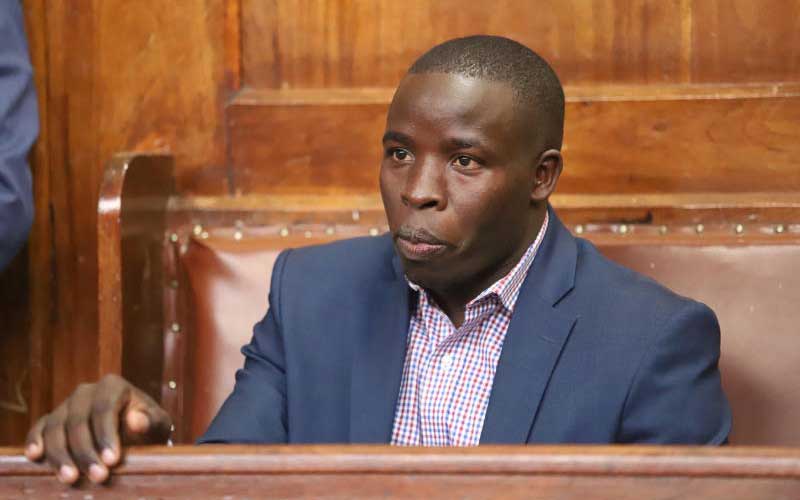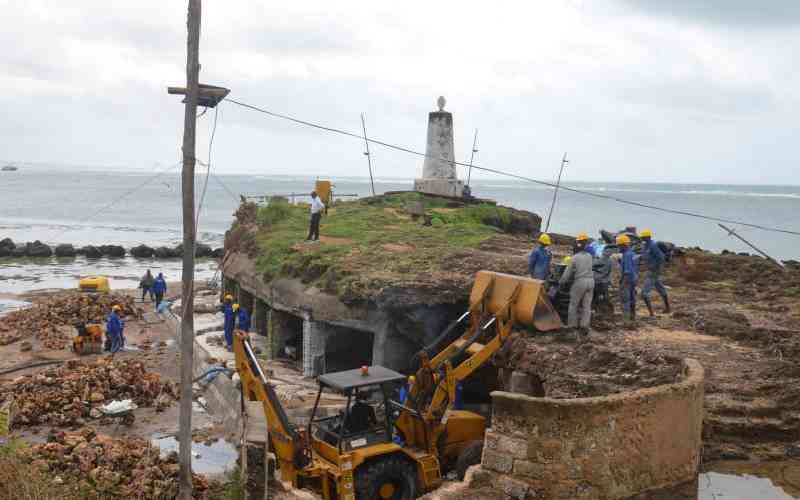
Stephen Sang (pictured), the Nandi governor who had earlier led in the demolition of tea bushes while reclaiming land claimed to have been grabbed from the public, has now been charged in court. The charges against the governor belie the contestations surrounding the ownership of large plantations in Kenya.
Kenya was one of only three British settler colonies in Africa, besides South Africa and Zimbabwe. British settlement in Kenya began in 1897, two years after Britain proclaimed Kenya its protectorate, and was spurred by an official policy to increase the number of white settlers in the country.
A new wave of settlers arrived after the Second World War, when Britain needed to resettle soldiers it had demobilised in Europe. The decision to encourage them to migrate to its Kenya colony led to displacement, and ultimately landlessness, against the native population. Not surprisingly, land grievances would become a key issue around which the nationalist movement mobilised.
At independence, in 1963, Kenya addressed the problem of colonial-era displacements by establishing the Settlement Land Trust, to provide land-buying credit to the local population. While this facility targeted the poor and landless, it mainly benefitted new African elites who now used it to buy the land that departing settlers were selling, thus leaving the problem of landlessness unresolved.
While large numbers of settlers departed at the end of colonial rule, thus freeing up land, colonial-era corporations that had acquired large tracts of land remained and are now a feature of the Kenyan economy. For example, Kakuzi PLC, established in 1906, and now a part of Camelia PLC of the UK, controls large tracts of land in Muranga and Kiambu counties.
Adjacent to it is another plantation corporation, Del Monte, that was established in the 1940s, which is known for growing pineapples. Various companies own large tea plantations in Kericho and Nandi counties. It is unclear whether the land that Governor Sang tried to repossess falls in the category of the tracts owned by these multinationals.
After independence, while local populations continued their crusade for land, their agitation was always low-key and the Kenyan state, whose key members were now landowners, was not seen as an ally. However, this campaign kept the discourse on historical land injustices alive.
The discourse finally received official recognition at the highest level when, in 2010, Kenya enacted a new Constitution which established the National Land Commission (NLC), as a new institution, vested with the mandate to investigate and address historical land injustices. Because the new Constitution also established county governments, there was now a totally new interaction with the question of historical land injustices in which the NLC and these new governments would become key players.
Unlike the national government, county governments have come to be viewed as strong allies in the clamour for redress against land injustices.
This agitation is now greatly helped by the existence of the NLC as the officially mandated focal point against such injustices.
In March, the NLC made findings against Kakuzi PLC, in a case on historical land injustices in which the Kenya Human Rights Commission was a party, and also several tea-owning plantations in Kericho and Nandi counties.
The decision, published in the Kenya Gazette Vol CXXI-No. 27 on March 1 ordered Kakuzi to surrender all public utilities within its plantation including schools, markets, police stations, hospitals, access roads, wayleaves and easements, to the national and county governments as appropriate.
Regarding the tea plantations, the NLC ordered the national government to lease land in the vicinity of Kericho and Bomet counties, to resettle members of the Talai and Kipsigis communities whom, it found, had lost land to the plantations during the colonial period, and also ordered a resurvey of lands in Nandi to determine if there was a residue which would be held in trust by the county government (of Nandi) for the benefit of the Talai community.
Since these quasi-judicial decisions were unprecedented, it is unclear what will follow next and watching the actions of the governor raised questions as to whether he was trying to enforce orders of the NLC.
A possible reason why the actions by Governor Sang attracted such strong reaction was the extremely crude manner in which he went about enforcing his claim. However, it should be remembered that the manner in which these lands were acquired from the original owners was also both cruel and crude.
For example, the NLC found that on 26 February 1952, colonial authorities in Kericho sent an armed group that forcefully evicted 200 Kipsigis families from 8,000 acres of land that the government had sold to a tea growing company, while ignoring their actual occupation.
The actions by Sang can be the beginning of a much-needed public debate on how the orders of the NLC regarding historical land injustices, are to be processed.
- The writer is the executive director at KHRC. [email protected]
 The Standard Group Plc is a multi-media organization with investments in media
platforms spanning newspaper print operations, television, radio broadcasting,
digital and online services. The Standard Group is recognized as a leading
multi-media house in Kenya with a key influence in matters of national and
international interest.
The Standard Group Plc is a multi-media organization with investments in media
platforms spanning newspaper print operations, television, radio broadcasting,
digital and online services. The Standard Group is recognized as a leading
multi-media house in Kenya with a key influence in matters of national and
international interest.
 The Standard Group Plc is a multi-media organization with investments in media
platforms spanning newspaper print operations, television, radio broadcasting,
digital and online services. The Standard Group is recognized as a leading
multi-media house in Kenya with a key influence in matters of national and
international interest.
The Standard Group Plc is a multi-media organization with investments in media
platforms spanning newspaper print operations, television, radio broadcasting,
digital and online services. The Standard Group is recognized as a leading
multi-media house in Kenya with a key influence in matters of national and
international interest.










